It might just be a weird quirk of microgravity.
One more challenge to surviving in outer space.

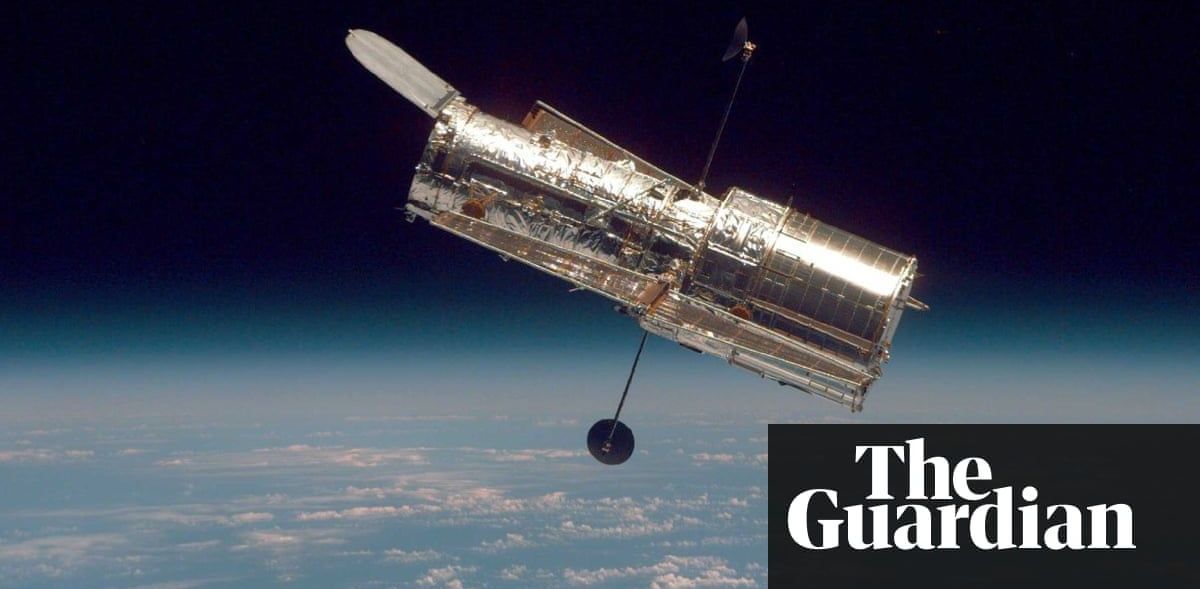
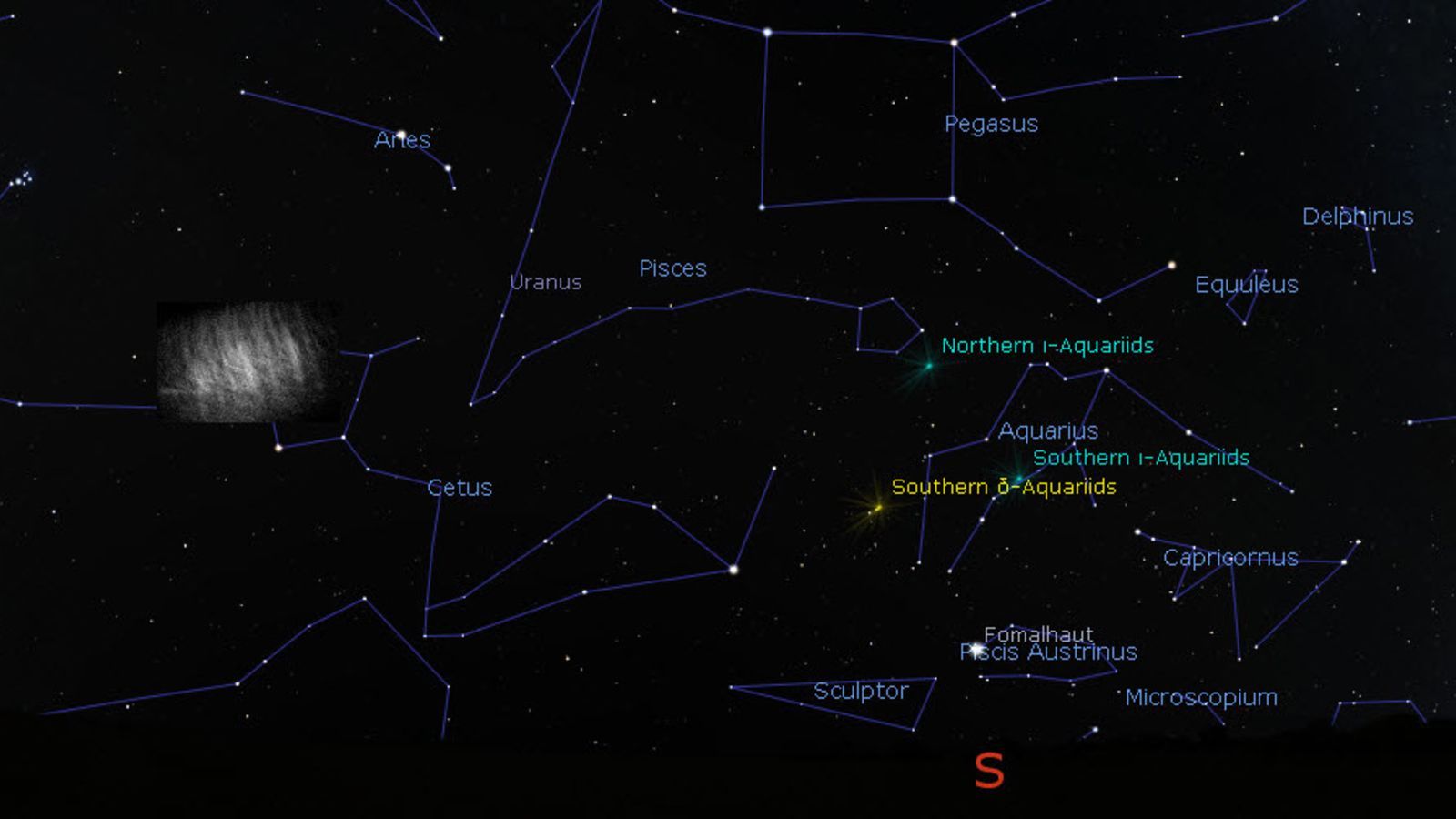
A ghostly dust satellite or two might be orbiting the Earth, according to new research building on a 60-year-old idea.
Massive objects attract one another through the force of gravity. But when you have multiple huge objects with just the right masses, their mutual gravitational field can introduce some anomalies—like gravitational points that can hold things stable. Scientists have found objects orbiting in these “Lagrange points” created by the combined gravity of the Sun and Mars, the Sun and Neptune, and the Sun and Jupiter. Researchers are now reporting evidence of dust clouds, called Kordylewski dust clouds, in the Lagrange points created by the Earth and the Moon.
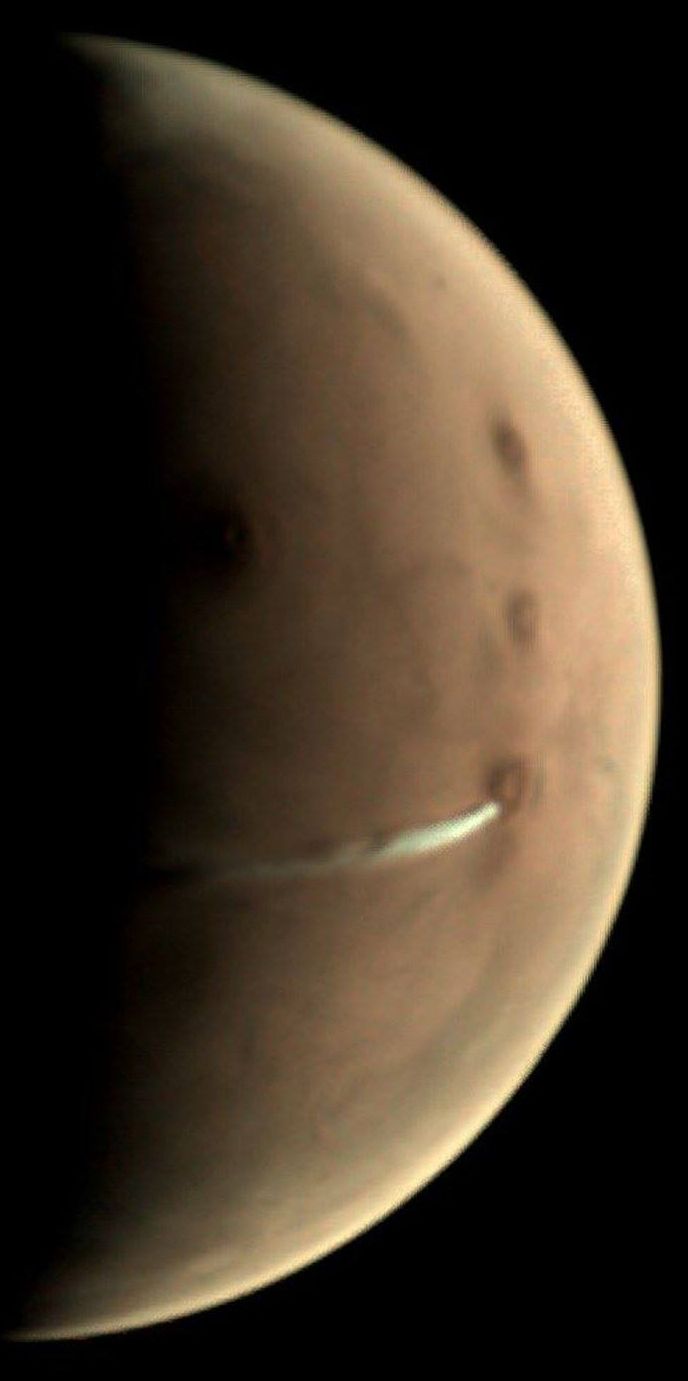
There’s a Strange Cloud on Mars Right Now, and It’s Just Hanging Around — For more than a month now, a European orbiter circling Mars has been watching a long, plume-like cloud on the Red Planet. The cloud has remained in place over a mountain called Arsia Mons near the Martian equator since Sept. 13, according to a statement released by the European Space Agency (ESA). But that location is just a coincidence, the agency adds. No volcanic process is producing the cloud — the volcano hasn’t been active in about 50 million years…at: https://www.space.com/42257-strange-mars-cloud-on-mars-phot…
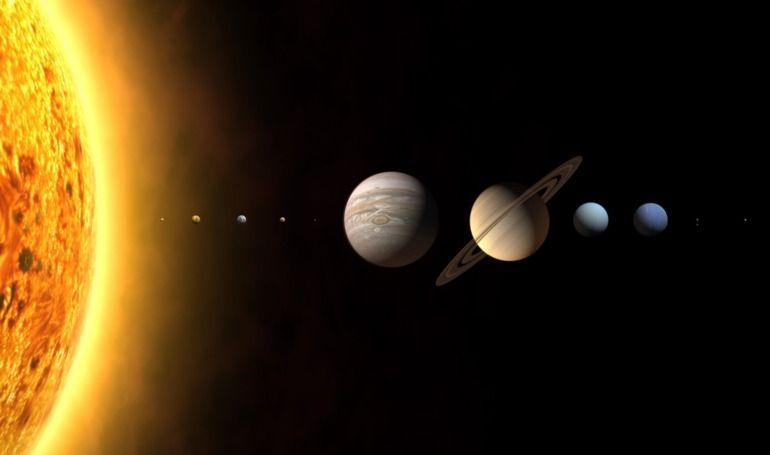
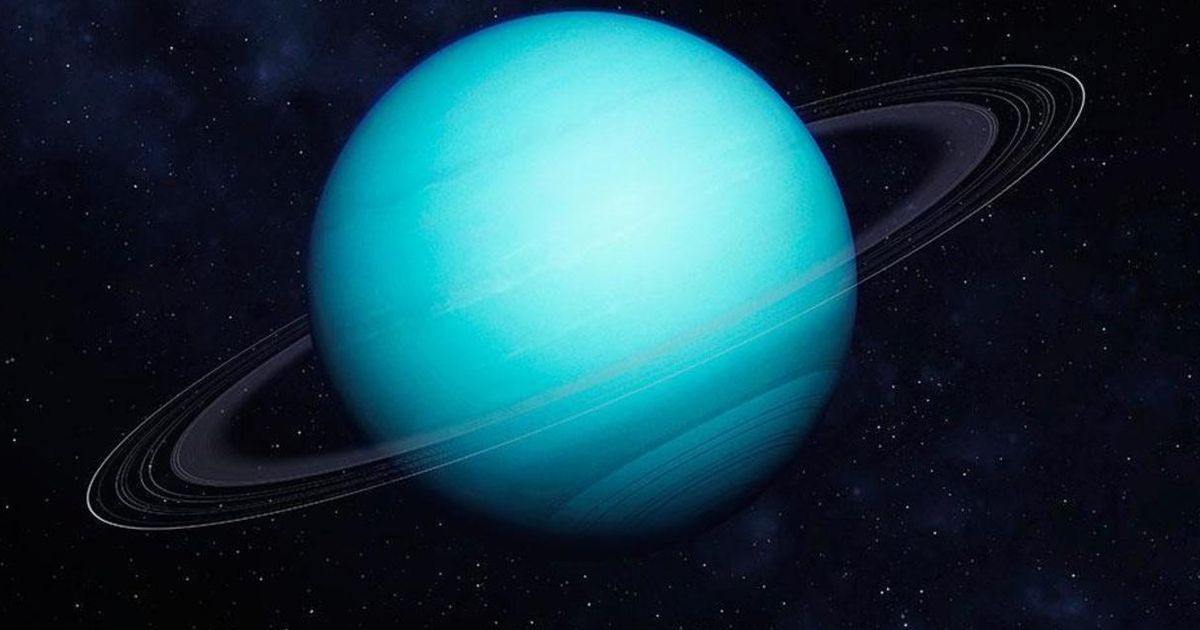

Rocket scientists are planning to suspend a man-made moon bright enough to reduce the need for streetlamps.
In the Sichuan city of Chengdu, Chinese rocket scientists are planning to suspend a man-made moon bright enough to reduce the need for streetlamps.
It’s exactly that kind of ingenuity that has helped the world’s most populous nation churn out new billionaires at a prodigious clip, according to John Mathews, head of ultra-high net worth in the Americas for UBS Group AG.
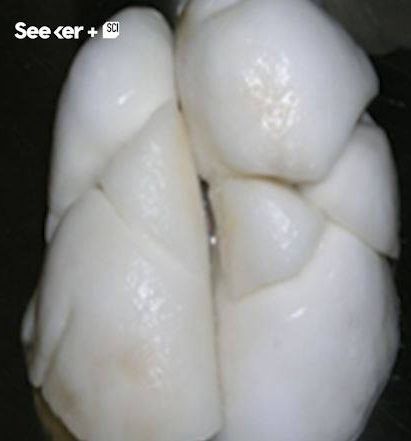
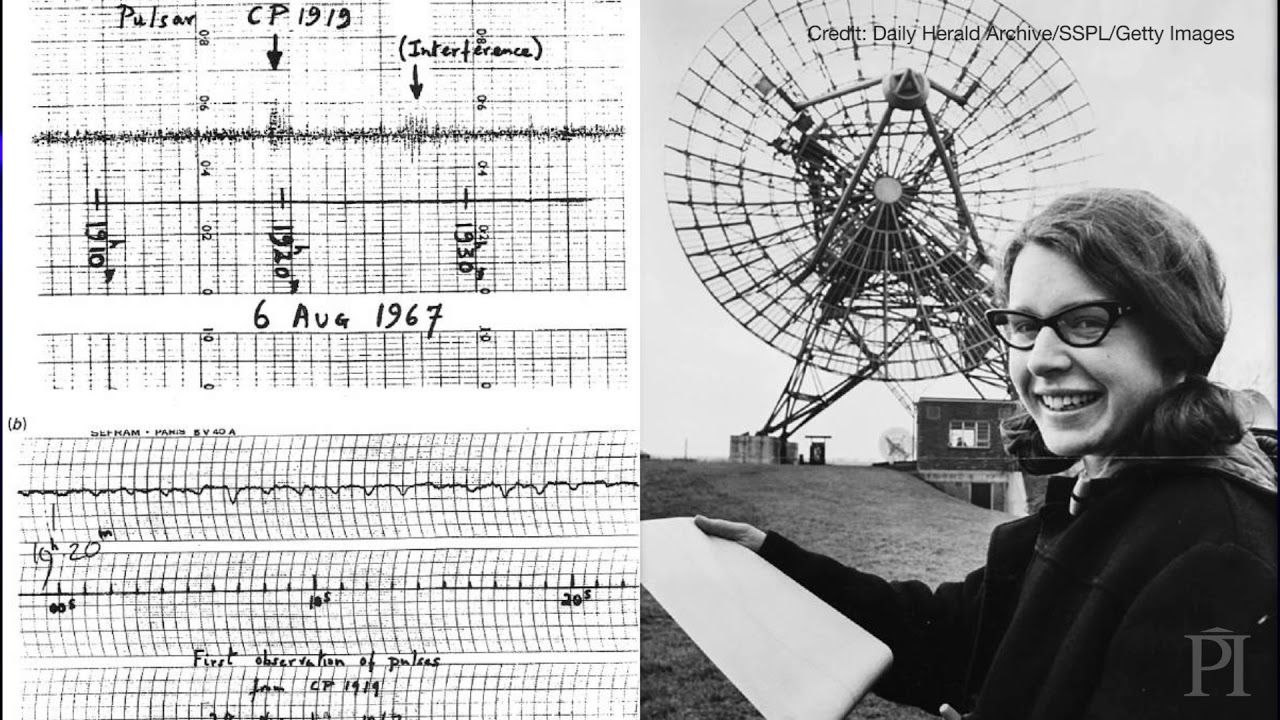
Jocelyn Bell Burnell, astrophysicist extraordinaire who helped discover radio pulsars while a graduate student in 1967 (though only her adviser was recognized when the discovery snagged a Nobel Prize in physics in 1974), is getting long-overdue recognition.
Bell Burnell, now a visiting professor of astrophysics at the University of Oxford and chancellor of Scotland’s University of Dundee, was awarded the weighty Breakthrough Prize in physics in September for her pulsar discovery and science leadership.
And tonight (Oct. 25), Bell Burnell will speak to an audience at the Perimeter Institute for Theoretical Physics in Ontario, Canada, about her life-changing discovery and how she persisted despite being passed up for the Nobel 44 years ago to become the prominent scientist she is today. You can watch the talk right here on Live Science.
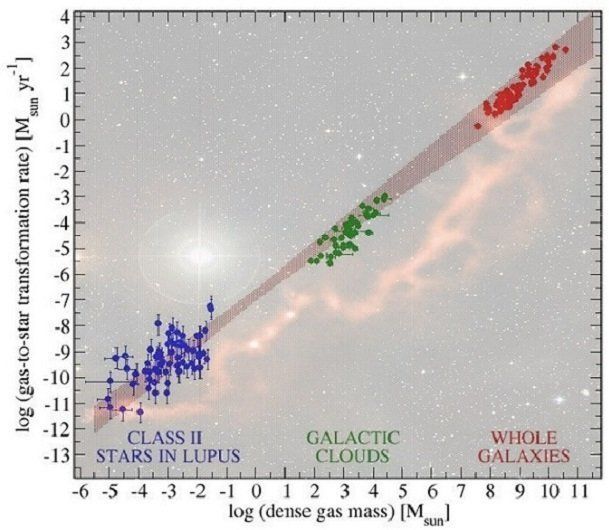
Star formation is one of the most important research fields in astrophysics. This process, in which gravitational instabilities cause the collapse of gas to form more compact structures and finally stars, encompasses a broad range of physical scales. These include star-forming galaxies on the large scale, individual young stars with envelopes and circumstellar disks on the smaller scale, and intermediate scales that include giant molecular clouds and protostellar cores.